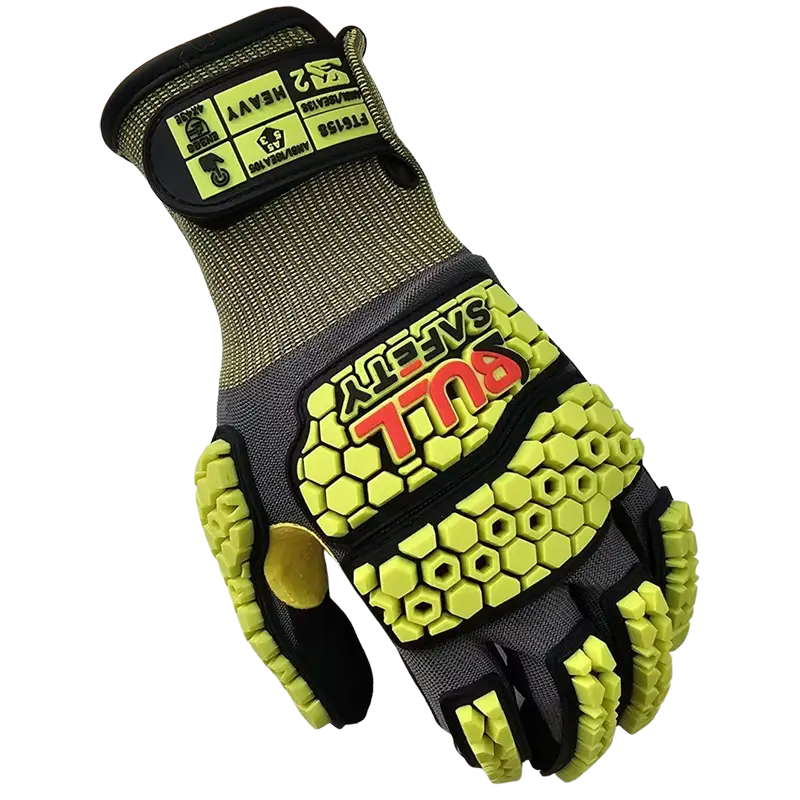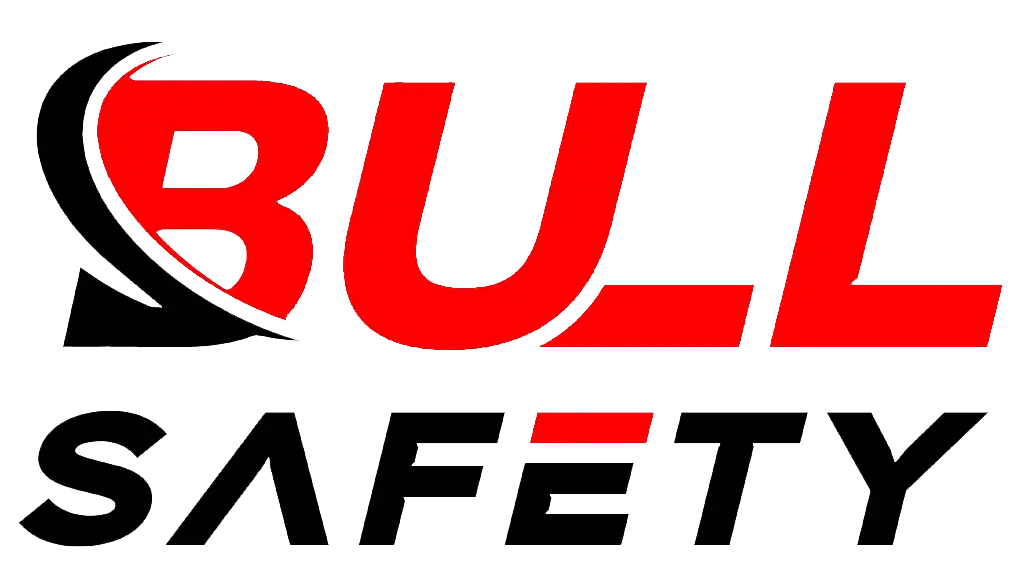
Workers in high-risk fields face daily dangers to their hands. Without the right gloves, every heavy lift or sharp edge can lead to serious injury.
The best anti-vibration gloves for construction and landscaping should provide effective vibration dampening, impact protection, and comfort. Look for gloves with specialized padding in the palm and fingers, as well as coatings such as nitrile, sandy, or foam for enhanced grip and durability. These features help reduce hand fatigue, improve safety, and maintain flexibility, making them suitable for demanding environments like construction, landscaping, and mining.
Choosing protective gear is overwhelming because so many products claim to offer safety. But getting the right glove—one that truly matches the hazards of your work—means better protection and fewer risks. Let’s dig into what makes a good anti-vibration glove, and how you can find the best one for your needs.
What are the Best Anti-Vibration Gloves?
Hammering, digging, or moving heavy tools can take a toll on your hands. Vibrations and sudden impacts can cause pain or even lasting injuries.
The best anti-vibration gloves reduce hand vibration exposure, protect hands from impacts, and provide a secure grip with coatings like nitrile or foam. Look for gloves certified for cut and impact resistance, such as those meeting EN ISO 10819. Top choices for construction and landscaping include Mechanix Wear, Superior Glove Vibrastop, and Ironclad.
I have seen firsthand how the right gloves make a difference in injury prevention. Gloves that combine a protective shell with internal padding help absorb shock and reduce vibration. The outer coatings matter too—nitrile sandy or water-based foam coatings provide strong grip and keep oil or water from soaking in. Choose gloves that meet global safety standards, marked with ANSI or EN scores, so you know the glove was tested for real-world use.
Here is what sets apart top-tier anti-vibration gloves:
| Feature | Benefit | Who Needs It Most |
|---|---|---|
| Impact protection zones | Prevents bruises, crush, or break | Construction, Mining |
| High cut-resistance rating | Slashes and punctures are minimized | Oil & Gas, Landscaping |
| Specialized coatings | Improves grip and resists slips/soaking | Wet/Oily workplaces |
| Proper sizing options | Secure fit for better control | All industries |
Gloves that check each box above help workers avoid the most common injuries from vibration, falling objects, or sharp materials. Every step of the selection process matters for safety and productivity.
How To Choose The Right Anti-Vibration Gloves for Construction?
Construction sites can be chaotic, filled with sharp edges, heavy tools, and noisy machines. The wrong gloves can mean a trip to the hospital instead of home.
Choose anti-vibration gloves with reinforced impact zones on the palms and knuckles, certified high cut resistance (such as ANSI A4 or above), and grip-enhancing coatings like nitrile or sandy finishes for wet or abrasive environments. Ensure you select the correct size for comfort, dexterity, and reduced hand fatigue. Top brands like Mechanix Wear and Superior Glove offer construction-ready options that meet industry standards.
From my experience, the gloves that work best in construction combine impact shields on the knuckles and fingers with a layered palm for vibration dampening. A sandy or nitrile sandy coating boosts grip, especially when tools or rebar are slick from rain or oil. For jobs involving cutting tools, glass, or jagged metal, cut resistance is not negotiable. Gloves should meet at least EN388 or ANSI level ratings.
Here’s a breakdown to guide construction buyers:
| Selection Factor | Why It Matters | Specific Construction Task |
|---|---|---|
| Impact-resistant inserts | Absorbs blows from tools/materials | Hammering, Demolition |
| Cut-resistant fibers | Protects from saw blades/edges | Handling metal, Glass cutting |
| Waterproof, grippy coating | Maintains grip in all seasons | Concrete, Piping, Landscaping |
| Snug fit across all sizes | Prevents slipping, hand fatigue | All construction activities |
I always tell customers to test different gloves before big purchases. A good glove should feel natural the first moment you put it on. It needs to protect without slowing you down. Pay attention to user feedback and partner with glove producers who can quickly adapt to your site’s needs.
How To Choose The Right Anti-Vibration Gloves for Mining?
Mines are one of the world’s toughest work environments. Every day brings sharp hazards, extreme forces, and nonstop vibration.
To choose the right anti-vibration gloves for mining, look for gloves with reinforced impact zones (especially on the knuckles and back of hand), the highest level of cut resistance (ANSI A6 or higher), and oil- or water-resistant coatings such as nitrile or PVC to handle slippery or wet conditions. Always ensure a snug, comfortable fit to reduce fatigue during long shifts. Brands like HexArmor and Youngstown are known for mining-grade gloves that meet strict safety standards.
I’ve worked with mining wholesalers who prioritize gloves that go beyond basic protection. In mining, a glove must shield against heavy falling objects while not soaking through when mud or oil is everywhere. Nitrile sandy and water-based foam coatings perform best under these conditions, keeping hands dry and secure. The internal padding needs to absorb vibration from drills or jackhammers, while the outer shell shields against flying debris.
Here’s what matters for mining PPE buyers:
| Crucial Glove Feature | Benefit Provided | Example Mining Task |
|---|---|---|
| TPR Rubber Impact Guards | Shields knuckles from crushing blows | Handling ore, Equipment use |
| HPPE or Aramid Cut-Resistant Liner | Prevents blade injuries | Cable pulling, Drill work |
| Oil-resistant coating | Prevents slippage, stays dry | Working with machinery |
| Sizing that fits each worker | No loss of dexterity or sensitivity | All mining activities |
Successful mining operations depend on steady supply and new glove designs that fit rapid changes underground. Gloves are an investment in hands—the most valuable tool every worker has.
Conclusion
Choosing anti-vibration gloves means balancing impact protection, cut resistance, grip, and fit. The right glove keeps hands safe, comfortable, and ready for the next challenge.



